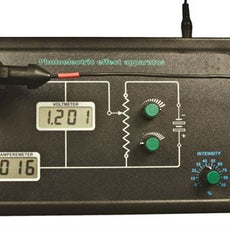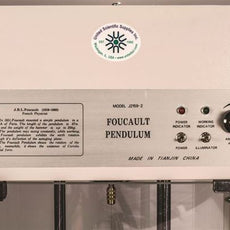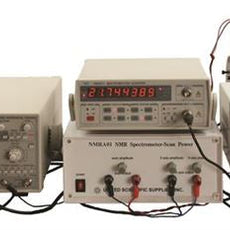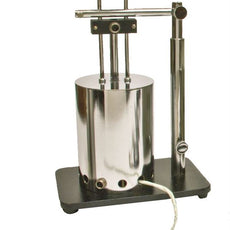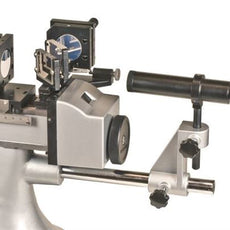- No products in the cart.
Menu
Start typing to see products you are looking for.
Start typing to see products you are looking for.
Browse Categories
-
PPE Apparel
Masks
-
 KN95 Respirator Mask, 4 layers, Box of 50 -LP-KN95-001BOX50
$79.00
KN95 Respirator Mask, 4 layers, Box of 50 -LP-KN95-001BOX50
$79.00
-
 Harley N95 NIOSH Certified Particulate Respirator Mask, Folder Style 20/Box - L-188
$36.00
Harley N95 NIOSH Certified Particulate Respirator Mask, Folder Style 20/Box - L-188
$36.00
-
 Lab Pro Mask KN95 (K-N95) Pack of 50 - LP-MASK2-K95 - 40% OFF
Lab Pro Mask KN95 (K-N95) Pack of 50 - LP-MASK2-K95 - 40% OFF
$125.00$75.00 -
 Lab Pro 3ply Earloop Disposable Mask (Non-Surgical) (Box of 50) - 84% OFF
Lab Pro 3ply Earloop Disposable Mask (Non-Surgical) (Box of 50) - 84% OFF
$57.00$9.00
-
-
Chemicals
-
Wipes
-
Microscopes and Lighting
-
Hand Tools
Hand Tools
-
Gloves
-
Swabs and Applicators
Foam Tipped Swabs
-
ESD & Static Control
ESD & Static Control
-
Lab Equipment
-
Pipettes
-
Furnaces and Ovens
Furnaces and ovens
-
All Products
- Services New
-
Industries Served
- Brands
- Promotions
-
Information
-
Blog
-
All blogs
- Aerospace
- Calibration of Lab Equipment
- Chemicals and Solvents
- Cleanroom and Critical Environment
- Electric Battery Labs
- ESD Safety
- Lab Consumables
- Lab Glassware and Glassware Equipment
- Lab Pro’s Top 5
- Laboratory Equipment
- Laboratory Safety & Lab Efficiency
- Medical Adhesives
- Medical Device Industry
- Microscopes, Lighting & Inspection
- News
- Our Blog
- Pipettes
- PPE and Safety Apparel
- Press Release
- Science Education
- Solar Energy Labs
- Sustainable & Eco-Conscious Lab
- Swabs
- Tweezers and Cutters
- Ultrasonic Cleaning
- VMI for Lab Supplies
-
All blogs
- Contact
- All Categories
- Zeeman Effect Apparatus - ZEA002
Zeeman Effect Apparatus - ZEA002
$12,584.00
SKU: ZEA002
Warning:
California prop 65
Categories:
Advanced Physics
,United Scientific Supplies
Description
· Complete Equipment Set for Studying Light Emission in a Magnetic Field
· Includes Video Capture Equipment and Computer Analysis Program
· Magnet Allows Transverse and Longitudinal Viewing
The Zeeman Effect Apparatus examines the effect of a strong magnetic field on the green emission line of mercury at 545.1nm wavelength. A magnetic field splits the degenerate 7s and 6p levels into three and five levels respectively, giving nine allowed transitions. The energy shifts of the splitting are tiny compared to the transition energy, so a high resolution spectrometer is necessary to observe them at the magnetic field strengths achievable in the laboratory. This resolution is usually achieved by using a high quality Fabry-Pérot étalon. The combination of these requirements has often discouraged the provision of Zeeman effect apparatus in the student laboratory.
This apparatus addresses this issue. The emitted light is polarized, and the nature and direction of the polarization depends on the orientation of the propagation direction to the magnetic field. For light emitted transversely to the field, the polarization is linear (p), with the polarization direction parallel to the electric field for one group of three transitions and perpendicular to the field for the remaining two groups. The components of these groups are usually not resolved sufficiently for easy measurement in practice due to overlap of their interference fringes. Light emitted parallel to the magnetic field is circularly polarized (s), with only two groups of transitions emitted,
showing opposing directions of polarization.
The electromagnet is mounted on a swivel on top of a power supply that also powers the slim low pressure mercury discharge lamp fitted between the magnet’s pole pieces. A removable steel rod fills a long hole through one pole for transverse viewing; for parallel viewing, the magnet and lamp are swiveled 90° and the rod is replaced by a quarter wave plate for observing the circular polarization. The optical system contains four elements and an optical bench. A polarizer and a 40mm diameter lens are mounted in a common housing. The polarizer can be rotated by 360° and clamped in any orientation. It serves as an analyzer for detecting the polarization state of the emitted light. The lens focuses the light for the spectrometer. An interference filter selects the emission line at 545.1nm, and a Fabry-Pérot étalon with a fixed spacing of 2.0mm acts as the resolving element. The étalon can be rotated in its housing and has three fine adjustment screws for setting exact parallelism of the mirrors. The étalon mount is a heavy steel block attached to a base plate with leveling screws. The steel lathe-bed style optical bench is equipped with four riders and the support rods for the optical elements carry height setting collars for easy fine alignment.
A CCD video camera with a mounting rod, power supply and PCI video capture card are supplied for direct live observation of the interference fringes. This makes measurement of fringe shifts on the computer monitor much easier then by visual observation using a conventional telescope arrangement. Video capture and image analysis software is included in the equipment set. In addition to providing a live image of the Fabry-Pérot fringe pattern for viewing the fringe splitting as the magnetic field is increased and verifying the polarization states of the lines, an image can be captured and stored for analysis. The analysis module allows circles to be drawn on the image to exactly coincide with the positions of the fringes by manually inserting three reference points for each circle. To reduce image noise and improve positioning accuracy, a grayscale filter can be applied to the image before analysis. The software records the positions and radii of the circles drawn and, after circles have been added for all of
the components of three successive fringes, calculates the wavelength shift
for correlation.





































